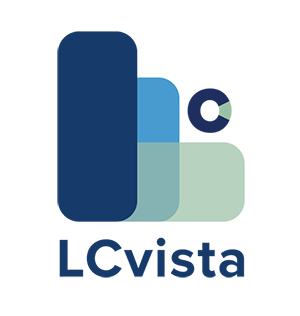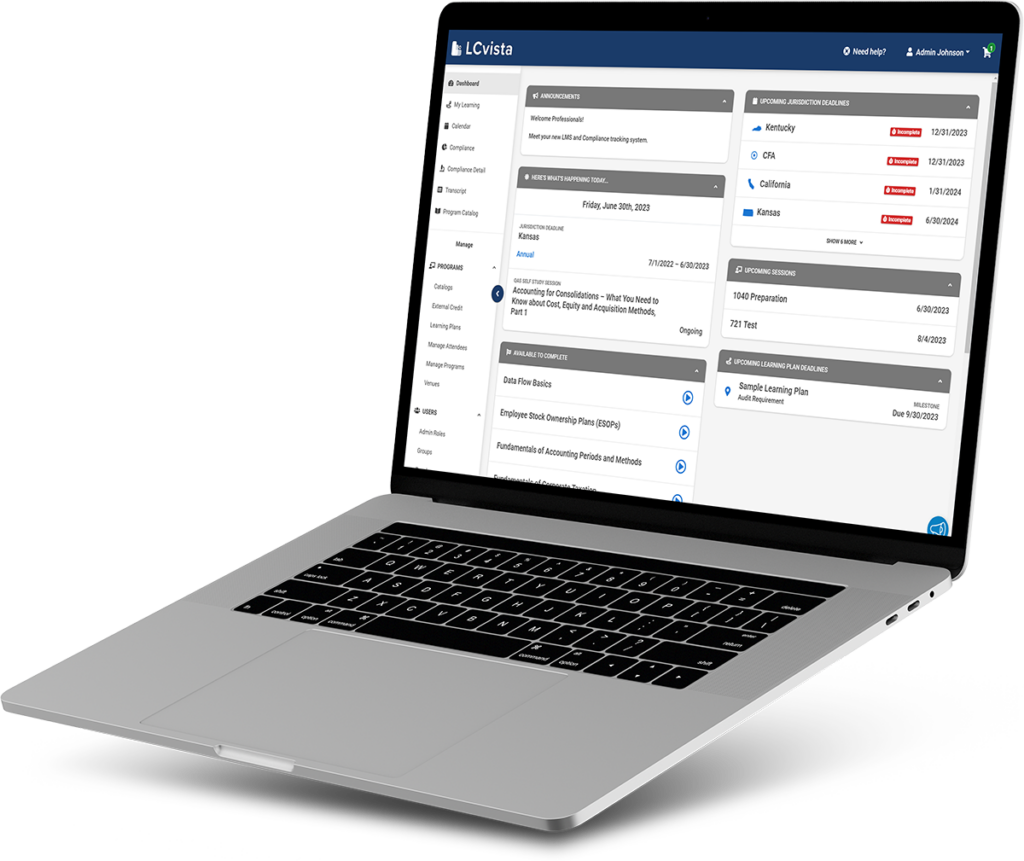Professional education has long suffered from a bit of a reputation problem.
In accounting specifically? It’s been operating at a deficit for quite a while now.
Ask anyone about their continuing professional education (CPE) experiences, and you’ll likely hear words like “dry,” “boring,” or “checkbox exercise.”
But as with any type of education, it doesn’t need to be boring.
We’d take it one step further to say it shouldn’t be.
Mike Walworth and Vicky Hale of GAAP Dynamics recently joined us in conversation to explain why.

Mike Walworth
Chief Executive Officer, GAAP Dynamics
Mike founded GAAP Dynamics in 2001 to change the way accounting training is delivered. A former KPMG professional, he combines deep technical knowledge with an energetic, approachable style that resonates with learners. As CEO, Mike focuses on building a passionate, high-performing team and delivering exceptional client service—proving that accounting education can be both effective and enjoyable.

Vicky Hale
Chief Learning Officer, GAAP Dynamics
Vicky is GAAP Dynamics’ creative powerhouse and instructional design expert. A licensed CPA with Big 4 experience and a background in visual arts, she brings a unique blend of technical precision and creative thinking to her work. Whether facilitating live training or developing visually engaging eLearning content, Vicky ensures every learning experience is impactful, interactive, and expertly crafted.
“Boring” training is a waste of resources
There are over 670,000 active CPAs in the United States completing approximately 40 hours of annual CPE.
That adds up to an investment of roughly 27 million hours of professional education annually.
But not all of those hours are created — or priced — equally.
If we estimate an average cost ranging from $25 to $150 per credit hour, firms might be investing anywhere from $1,000 to $6,000 annually per professional in education alone. When you factor in lost billable hours and operational disruptions from poorly planned training schedules, the true cost becomes even more significant.
To combat this, Vicky Hale, Chief Learning Officer at GAAP Dynamics said, “firms will often think ‘Okay we need to train our people. We have to give them X hours a year. It’s part of CPA licensure requirements and will cost this much. And so sometimes it becomes just a cost-benefit analysis for them and ‘How can I get it into their hands fast and easy?’”
As anyone who’s taken compliance training knows, fast and easy usually does not mean engagement or deep learning.
When this education fails to engage, it’s more than a waste of time. Professionals are missing crucial opportunities for growth, the organization could be more at risk, and nobody’s learning anything.
“If you’re going to make that investment, [CPE] needs to be high quality and it needs to be engaging,” notes Mike Walworth, CEO of GAAP Dynamics as well as CPA and veteran training provider. “Let’s be honest: training can be expensive, whether it’s virtual or in the classroom. The quality has to match the investment.”
Unfortunately, the pendulum can swing the other way in trying to meet quality: trying to cram every single detail into a training.
The myth of comprehensiveness
Some approaches to professional education fall into a dangerous trap: trying to cover everything. It’s the educational equivalent of trying to summarize Proust’s In Search of Lost Time (approximately 1.2 million words) in under 15 seconds.
“Some people in accounting feel like they have to put everything in the training,” Mike lamented, “and the problem is if you jam too much stuff in it, then people will get lost in the weeds.”
He went on to give an example: “If you’re teaching a topic like derivatives and hedging, most people are scared of it anyway. If you now jam all the rules in not enough time, they’re gonna still feel like they don’t know anything about it.”
This “coverage at all costs” mentality creates two significant problems:
- Information overload leads to reduced retention
- Learners disengage when overwhelmed with unnecessary details
The solution? Focus on what matters most.
“If I only have an hour with you,” Mike explained, “what in that hour will help you do your job better? And how can I make the training sticky so that you’re actually engaged?”
The GAAP Dynamics team has seen this focused approach pay off in practical application.
“We’re not necessarily regurgitating the codification back to you,” Vicky added. “To teach you the codification, you could go to the FASB’s website and learn that on your own. Instead, we’re explaining it in a way that somebody can understand without their eyes glazing over, then we allow you that chance to apply it.”
Train smarter with Content Marketplace.
Discover, buy, assign, and track training all within the LCvista platform.
Engagement is the missing ingredient
When one GAAP training provider received feedback that their course “actually required paying attention for the whole hour,” the whole team celebrated it as a compliment.
Engagement – not duration or comprehensiveness – is what drives learning outcomes.
“We are combating this notion that accounting or accounting training is dry or boring or mundane,” Vicky noted. “We are always trying to flip this idea on its head and show you that you can have a personality and be an accountant. Accounting training can be fun.”
This isn’t about adding bells and whistles or trying to turn every training into entertainment. It’s about recognizing that even complex technical content can be delivered in a way that maintains attention and promotes retention.
GAAP Dynamics approaches this through:
- Interactive learning experiences
- Real-world applications
- Plain English explanations
- Practical examples that resonate
- Multiple learning modalities
“We only create training that we would want to take ourselves,” Mike explained. “I’m a CPA delivering training to CPAs. If I wouldn’t want to sit through it, then I’m not going to subject you to it.”
This approach is paying dividends. Firms using GAAP Dynamics’ training report higher retention rates and, more importantly, learners are reporting better application of complex accounting principles in real-world situations.
“What we hear most commonly,” Vicky added, “is that [our training] is engaging, it’s got a ton of examples, and it’s not something that you can sit back and relax through. We are gonna ask you questions. You’re gonna apply what you’re learning as you go through your training.”
The industry and professionals should expect more from their CPE
Regulatory requirements certainly aren’t getting any simpler. If a CPA is licensed in multiple states, that complexity skyrockets.
Structured learning is necessary to keep pace with all these changes but in trying to stay current, the old model of passive, checkbox-style training simply isn’t sustainable.
This is exactly why LCvista has partnered with GAAP Dynamics to bring their engaging, effective training approach to our Content Marketplace.
By combining GAAP Dynamics’ innovative content with LCvista’s robust learning management capabilities, firms can provide their professionals with training that maintains high standards while effectively planning their education and tracking progress toward their requirements.
Check out GAAP Dynamics’ courses on LCvista Content Marketplace today and see how engaging accounting training can be.




